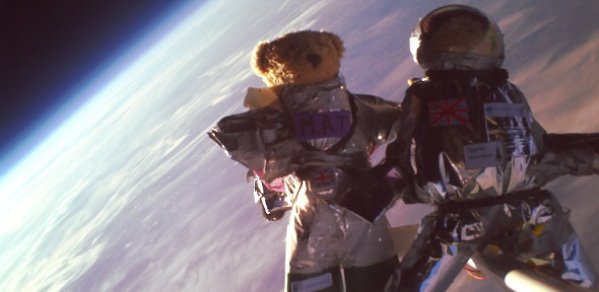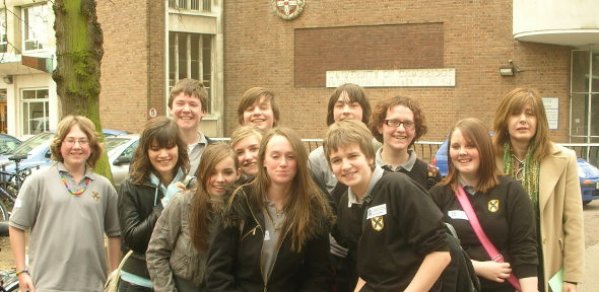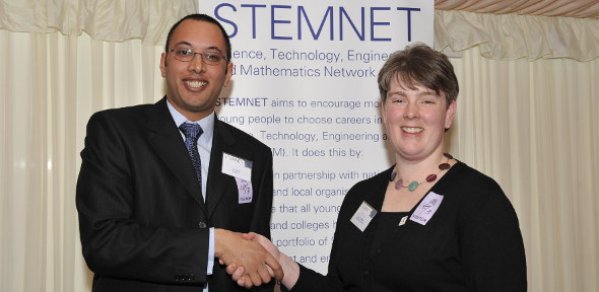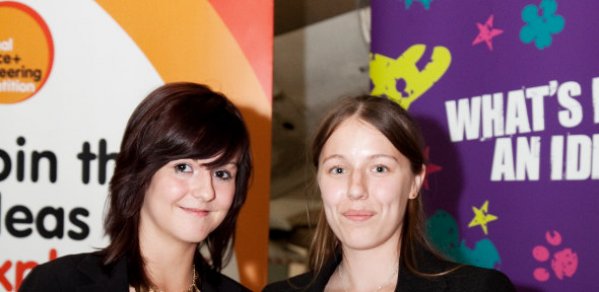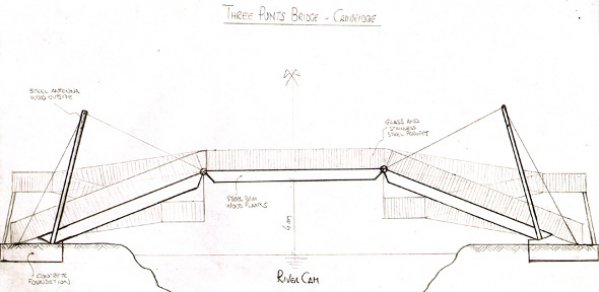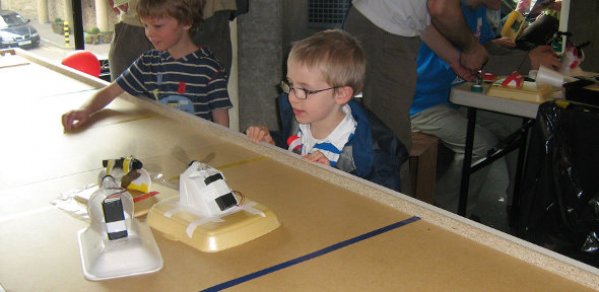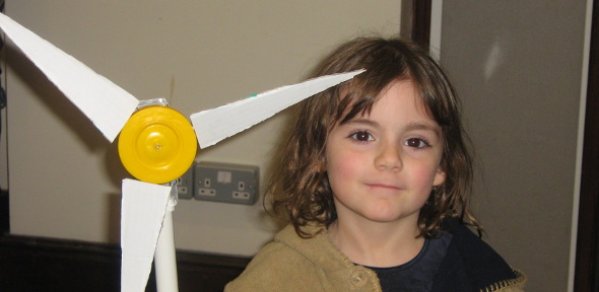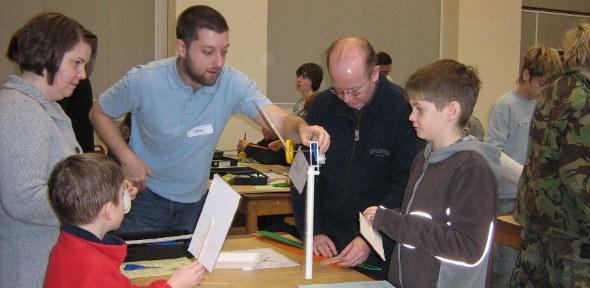Student numbers are up
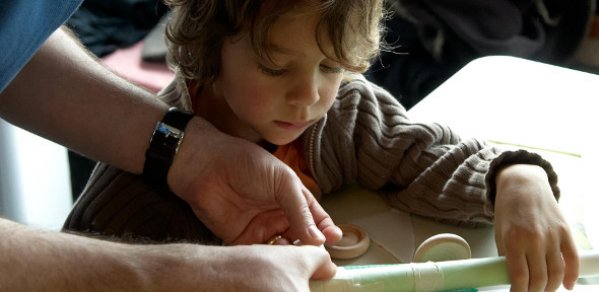
The number of students starting the undergraduate Engineering course has seen a substantial increase on previous years. 324 first year students started their Engineering degree this term compared to 301 the year before.
Volunteers get involved to share their enthusiasm for engineering with visiting school pupils and families, and also to get involved in the kind of activities many of them wished they could have done at school.
Joy Warde
Two hugely successful projects that without doubt have helped the Department to achieve such an increase are the Headstart summer schools and our Engineering Outreach programme.
Headstart summer schools
Dr Geoff Parks, a Senior Lecturer in the Department and Director of Admissions for the Cambridge Colleges, is involved in organising Headstart courses at Cambridge. Headstart is a national scheme, which is part of the Royal Academy of Engineering's 'Best' programme. Headstart organise courses, open to students in Year 12 (or equivalent) who are interested in knowing more about working in the world of science, engineering and technology. More than 1300 students from all over Great Britain attend Headstart courses each year.
Dr Parks, who has organised the Headstart course based in the Cambridge Engineering Department for more than a decade, said: "Headstart provides a fantastic opportunity to discover what it is like to be an undergraduate at Cambridge and to learn more about the scope and importance of Engineering in the modern world. It is very gratifying to see many students whom I first met on our Headstart course going on to great things as undergraduates, and indeed postgraduates, at Cambridge."
Headstart is one of several schemes run by the Engineering Development Trust, a charity dedicated to encouraging young people to consider careers in engineering, science and technology. Increasingly oversubscribed, the programme aims to give Year-12 pupils a taste of undergraduate life at a number of leading universities, and also insights into their chosen discipline.
The Headstart Engineering summer school at Cambridge gives participants a taste of the Cambridge style of teaching and the broad scope of the Engineering course which allows students to explore all the various disciplines before deciding on a specialism.
Participants live in Jesus College to give them a taste of collegiate life. The four-day programme incorporates lectures, practicals, supervisions and a team design-build-test project plus social activities. Through these, they have the chance to meet and talk with current Cambridge undergraduates, graduates and teaching staff.
Engineering Outreach programme
Dr Joy Warde is the Department's Outreach Officer who runs the Department's Engineering Outreach programme. Staff and students from the Department are involved with many activities to promote Engineering in both the local Cambridge area and nationally.
The outreach undertaken by the Department of Engineering engages children, families and young people in the challenge of hands-on activities - such as building rockets and planes, skyscrapers and bridges.
Working with more than 120 undergraduate and graduate volunteers, Joy stages a busy programme of outreach activities. Each year these attract participation by around 2,000 people, many of whom come from a 20-mile radius of Cambridge.
Some activities are staged for schools and groups; others are open to the general public. Regular free events such as the Discover Engineering family workshops are so popular that they are booked up well in advance. "Events like this are a great opportunity for local families to visit the Engineering Department, meet some real engineers and complete a fun hands-on challenge," said Joy.
The overall emphasis is on hands-on activities that encourage participants to get to grips with basic concepts such as flight and strong structures. The success of interactive sessions stems from well-planned projects, a plentiful supply of materials, and interaction between participants (who may be as young as six) and enthusiastic volunteers.
Joy points out: "Volunteers get involved to share their enthusiasm for engineering with visiting school pupils and families, and also to get involved in the kind of activities many of them wished they could have done at school."
Around 50 volunteers took part in the Rocket Car Derby session organised as part of Cambridge Science Festival this year. "It was fabulous to see families using some basic engineering principles to design, build and test a rocket car - and also have lots of fun," said Joy.

